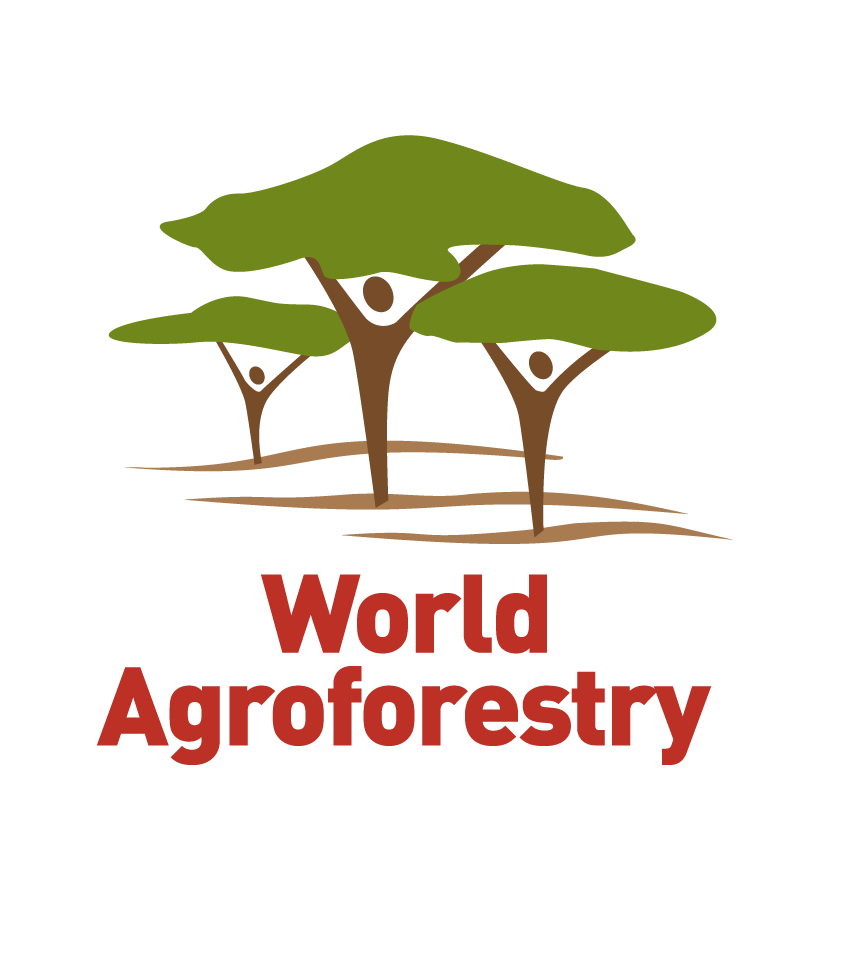Local names:
English (gum tree,turpentine tree,Mexican white beach,incense tree,West Indian birch), French (bois d'encens,chiboue,chique,gommier blanc), Spanish (gumo-limbo,almácigo,desnudo,indio desnudo,Indo Desnudo,chacaj chaca-jiote,jiñocuave,almácigo blanco), Tra
Bursera simaruba is medium-sized, deciduous tree, 18-30 m tall, with a relatively thick trunk and a diameter at breast height of 60-80 cm. It has large, spreading, crooked branches and thin foliage. This aromatic tree is easily recognized by the smooth, reddish-brown or copper-coloured bark, which peels off in papery flakes and exposes the greenish-brown layer beneath. Leaves compound, arranged in a spiral, 15-30 cm long, with 7-13 leaflets, each of which is 4.5-9 cm long and 2-4 cm wide. Leaflets are bright or dark green, ovate-lanceolate and oblong with an acuminate apex and an asymmetric base. Flower clusters are terminal and lateral, branched and narrow; flowers are on slender, usually short stalks; male and female flowers are mostly on different trees, but some flowers are bisexual; 5 calyx -toothed; petals 5; stamens 10; pistils with a 3-celled ovary; short style; stigma 3-lobed. The drupelike fruit is diamond shaped, slightly 3 angled, pointed at both ends, dark pink, splitting into 3 parts, with usually 1 whitish, 3-angled seed.
Ecology
Generally found in dry forests, but sometimes in wetter forests; common in advanced secondary growth.
Native range
Belize, Colombia, Cuba, Dominican Republic, Guatemala, Honduras, Jamaica, Mexico, Nicaragua, Panama, Puerto Rico, United States of America
Tree management
There is not much literature available concerning forest management of B. simaruba. In Mexico, B. simaruba is not managed and is cut down when reaching a d.b.h. of 40 cm or bigger, if it has a straight stem. As B. simaruba regenerates rapidly under natural conditions, plantations from seed are virtually unknown.
Seed storage behaviour is orthodox. Seeds remain viable for 10 months.
Generally found in dry forests, but sometimes in wetter forests; common in advanced secondary growth.
Forty per cent germination occurs within 20 days. The tree is also reproduced asexually by cuttings.
Branches are cut for cattle fodder.
When thoroughly dry, the wood is used as firewood or charcoal.
Timber: Used for veneer, as plywood for interior use, in rustic furniture, for rough boxes and crates, as handles for tools, as soles for sandals, for match sticks and toothpicks, to build cabinets, to make decorative articles.
Shade or shelter: Planted as a shade tree on streets and beaches.
Gum or resin: B. simaruba yields a balsam resin known as American elemi, cachibok or gomart. The resin is concentrated, dried and used in South America as incense in churches.
Ornamental: Because of the attractive coloured bark, the tree is planted as an ornamental in dry soils of southern Florida, where it is native.
Used as living fence to delimit pastures, with stakes 1-3 m long and 10-15 cm thick, and spaced 3 m apart or more.
